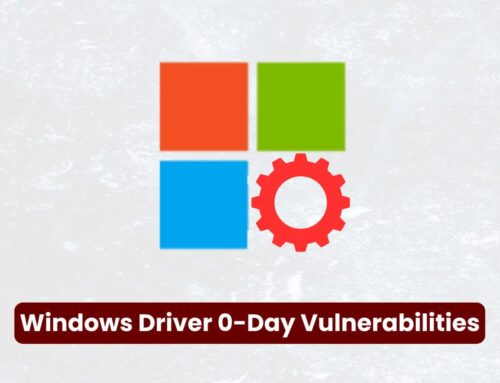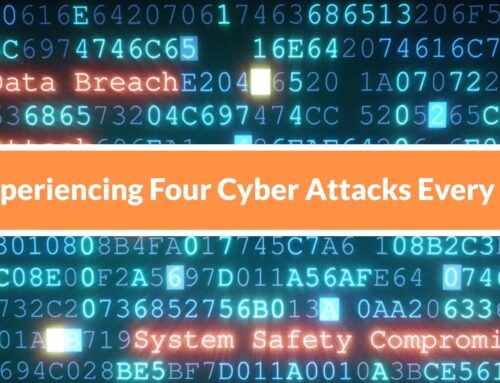
Alert Fatigue, Data Overload, and the Fall of Traditional SIEMs
The relentless churn of security alerts has become a modern-day Sisyphean plight for Security Operations Centers (SOCs). As digital footprints expand and threat actors become more sophisticated, the volume of log data explodes, overwhelming under-resourced teams. This isn’t just about more alerts; it’s about the pervasive grip of alert fatigue and data overload, signaling a fundamental shift in how we approach enterprise security. Traditional SIEMs, once the bedrock of security visibility, are buckling under this immense pressure, prompting a critical re-evaluation of their role and capabilities.
The Crushing Weight of Alert Fatigue
Imagine a security analyst sifting through thousands, sometimes tens of thousands, of alerts daily. Many are benign, some are duplicates, and a precious few represent genuine threats. This constant barrage leads to alert fatigue, a form of burnout where critical alerts are missed due to sheer volume and the desensitization that inevitably follows. This isn’t theoretical; it’s a daily reality for many SOCs. The human brain simply isn’t engineered to maintain peak vigilance under such sustained, high-noise conditions. The consequence? Increased dwell times for real breaches and a demoralized security team.
Data Overload: The Deluge Drowning SOCs
The problem isn’t just the number of alerts, but the sheer volume of raw data that feeds them. Every application, every device, every cloud service generates logs, and these volumes are surging exponentially. For instance, the expansion of IoT devices and cloud-native architectures means data sources multiply rapidly. Traditional SIEMs, designed in a different era, struggle to ingest, process, and make sense of this tsunami of information efficiently. Without adequate context and meaningful correlation, this data becomes noise, obscuring the signal that truly matters. Analysts are often left with fragmented visibility and incomplete pictures, making accurate incident response a protracted and agonizing process.
The Fading Glory of Traditional SIEMs
For years, the Security Information and Event Management (SIEM) system was the central nervous system of any robust security posture, aggregating logs and generating alerts. However, the current landscape reveals a critical vulnerability in their design: scalability and contextualization. Many on-premises SIEM solutions are proving inflexible and expensive to scale to meet current data demands. The operational overhead of maintaining these systems – patching, upgrading, and tuning – diverts precious security resources. Furthermore, their rule-based detection often struggles with sophisticated, novel threats, leading to high false positive rates and missed attacks. This isn’t about a failure of concept, but a failure of adaptation to the hyper-scale, rapidly evolving threat environment. The market trend towards vendors phasing out on-prem solutions and pushing for SaaS migrations is a clear indicator of this shift.
The Shift to SaaS: A Double-Edged Sword
The push by vendors to migrate SIEM capabilities to Software-as-a-Service (SaaS) offerings presents both opportunities and challenges. On the one hand, SaaS promises reduced operational overhead, elastic scalability, and faster feature deployment. Cloud-native architectures can theoretically handle the massive ingestion rates and processing power required for today’s data volumes. On the other hand, it introduces new considerations around data residency, vendor lock-in, and the security of the SaaS provider itself. While it alleviates some pain points, it’s not a silver bullet; the core issues of alert noise and contextual intelligence remain paramount.
Navigating the New Threat Landscape: Beyond Traditional SIEM
The cybersecurity industry is recognizing the limitations of traditional SIEMs and is rapidly evolving. The focus is shifting towards solutions that prioritize context, automation, and intelligent analytics. This includes:
- User and Entity Behavior Analytics (UEBA): Moving beyond static rules to profile normal behavior and detect anomalies.
- Security Orchestration, Automation, and Response (SOAR): Automating repetitive tasks and orchestrating complex incident response workflows to reduce analyst burden and accelerate response times.
- Extended Detection and Response (XDR): Unifying security data from endpoints, networks, cloud, and identity to provide a more holistic and contextualized view of threats. This aims to reduce blind spots and facilitate more robust threat hunting.
- Machine Learning and AI: Leveraging advanced algorithms to identify subtle patterns, correlate disparate events, and reduce false positives, allowing analysts to focus on high-fidelity alerts.
These approaches aim to transform the raw data deluge into actionable intelligence, allowing human analysts to focus their expertise on complex investigations and strategic initiatives rather than being buried in alert triage.
Remediation Actions: Moving Towards a Smarter SOC
Addressing alert fatigue and data overload requires a multi-faceted approach, moving beyond the traditional SIEM paradigm:
- Prioritize and Tune Alerts: Continuously review and tune SIEM rules and detection logic to reduce false positives and ensure high-fidelity alerts. Investigate why a specific alert (e.g., related to CVE-2023-XXXXX found here) is generating excessive noise.
- Implement SOAR Platforms: Automate the initial triage and enrichment of alerts. For example, a SOAR playbook can automatically query threat intelligence for suspicious IPs, check user accounts for compromise, and block malicious traffic, significantly reducing manual effort.
- Adopt UEBA and XDR: Integrate solutions that provide behavioral context and holistic visibility across the attack surface. This helps in detecting sophisticated, low-and-slow attacks that traditional SIEMs might miss.
- Invest in Data Quality and Context: Ensure logs are properly formatted, normalized, and enriched with relevant contextual information (e.g., asset criticality, user roles).
- Regularly Assess Staffing and Training: Ensure security teams are adequately resourced and continuously trained on new technologies and evolving threat vectors. A well-trained analyst pool is less susceptible to fatigue.
- Embrace Cloud-Native Solutions: For organizations struggling with on-prem SIEM scalability, consider migrating to cloud-native SIEM, XDR, or data lake solutions designed for petabyte-scale ingestion and analytics.
- Focus on Threat Hunting: Shift some resources from reactive alert response to proactive threat hunting, reducing the “alert volume dependency.”
Conclusion: The Future of Security Operations
The “fall” of the traditional SIEM isn’t an outright demise, but a necessary evolution. The core function of aggregating security data remains vital. However, the capabilities required – intelligent correlation, behavioral analytics, and extensive automation – far exceed what many legacy systems can offer. The future of security operations lies in integrated, intelligence-driven platforms that empower security analysts, rather than overwhelming them. By addressing alert fatigue and data overload head-on with innovative technologies and refined processes, SOCs can transform from reactive alert factories into proactive, efficient bastions of defense against today’s increasingly complex cyber threats.





